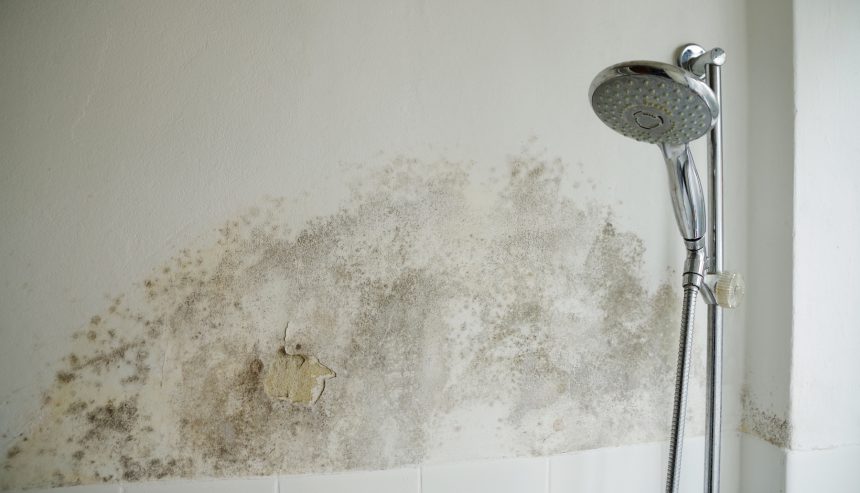Bathroom Water Damage - Ways To Stop This Happening
Bathroom Water Damage - Ways To Stop This Happening
Blog Article
What're your concepts on Common Causes of Water Damage in a Bathroom?

The bathroom is extremely at risk for wet build-up and potential water damages because of the frequent use water in it. This short article provides straightforward assessment techniques to help identifying water damage risks.
The regular use of water in the bathroom makes it very susceptible for wet build-up and possible water damage. By evaluating it on a regular basis, you can reduce water relevant damages.
The adhering to set of examinations is simple to perform as well as should be done as soon as in every three months in order to maintain your restroom healthy as well as to prevent possible water damages brought on by the bathtub, the shower, pipeline joints and plumbing, sinks, closets, and the commode
Do not overlook executing these evaluations and also be extensive while performing them. Keep in mind that these basic evaluations can conserve you a lot of cash by offering early indicators for water damage
Tub and Shower
The shower and also bathtub need unique attention as well as upkeep. Check the floor tiles and replace if fractured. Make sure that there is no missing out on cement between the ceramic tiles. Examine and also replace fractured caulking at joints where the walls fulfill the floor or the tub. Clogged drains and also pipes troubles will stop the bath tub from drying and also may suggest significant problems underneath the bathtub. Talk to a specialist instantly to avoid architectural damage. Focus on stainings or soft areas around the tub wall surfaces as they might indicate an interior leakage.
Plumbing
Signs for water damage are difficult to identify because a lot of pipelines are installed inside the walls.
Pay unique focus to flooring as well as wall surfaces dampness and spots as they might show an invisible plumbing issue. Examine dampness levels in adjoining spaces too.
Sinks and also Cabinets
Sinks and cupboards are subjected to dampness and also humidity daily as well as are commonly forgotten. Inspect routinely under the sink and on the counter top over it. Fix any kind of drip in the catch as it might suggest drain troubles. Check out the sink, slow-moving draining pipelines might indicate a blocked drain. Replace sink seals if they are broken or loose.
The Bathroom
The bathroom is a prone water junction. Inspect the water lines as well as look for leakages around the bathroom seat, in the pipe, and also under the water container. If you identify any kind of indicators of dampness on the flooring around the commode, look for leakages in the toilet edge and also container seals.
Realize that hanging commode dish antiperspirants boosts the possibilities for blockages.
Water Damage Signs In The Bathroom To Avoid Cleanup
Musty smell
This is one of the easiest signs to catch because musty smells are so odorous. The damp, earthy, moldy smell should be a big red flag. The smell will develop when moisture gets trapped in surfaces, and begins to facilitate mold growth. Leaking pipes under cabinets, inside walls, and behind shower fixtures will cause moisture to stay trapped and not dry, which will lead to mold growth and spread. As soon as you notice any musty smells in your bathroom, have it checked for hidden water damage and cleanup signs.
Visible mold
If the smell isn’t there to give it away, sometimes you will actually see mold growth. Finding mold in your bathroom is a serious problem, because mold is very harmful to your health. By the time mold growth is visible, it also means that water damage has already occurred and been present for some time. The only way the mold problem can be resolved is to find the source of the moisture and get it stopped. To safely and adequately remove mold, you need to have professionals handle the remediation. Do not waste any time in getting mold problems addressed, fixed, and sanitized so that you can protect you and your family from the many respiratory symptoms caused by mold exposure.
Damaged floors
Bathroom floors should be able to withstand some exposure to water while still remaining in good condition. However, when excess exposure or water leaks occur, they will begin to damage even the most water-resistant flooring. If you notice any cracking, bubbling, staining, or warping on your bathroom floors, there is probably a water leak somewhere causing the distortion. If you notice areas of the floor have become softer, or even have a spongy feeling, there is probably damage to the subfloor. Subflooring is typically made up of plywood. When plywood is exposed to water or moisture, it will absorb it. Once it has become saturated, the weight of the excess water will cause the wood to swell and soften. Check the floors in your bathroom frequently to catch any of these sings before they lead to damaged subflooring.
Changes on walls
When water leaks behind walls, it will cause changes in the drywall. Peeling plaster, blistering paint, and soggy wallpaper are all good indicators that excess water is building up behind the wall. Water leaking behind drywall will cause it to swell and be soft to the tough. If you start to notice gaps along the trim of your walls, or where tile meets the wall, it could also be a strong indicator that there is a leak behind the wall. Any changes, distortion, or damage on the walls should be evaluated as soon as you notice it to prevent further water damage and cleanup.

We were shown that article on How to Prevent Bathroom Water Damage from someone on another domain. In case you liked our page kindly do not forget to pass it around. Thank-you for your time invested reading it.
Visit Page Report this page